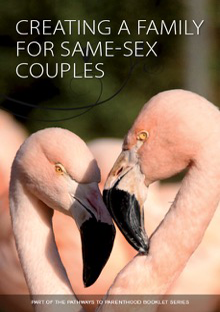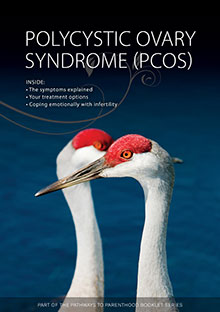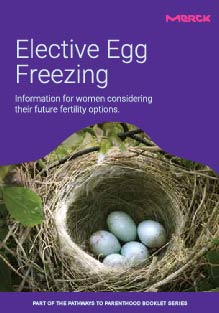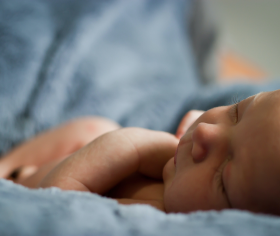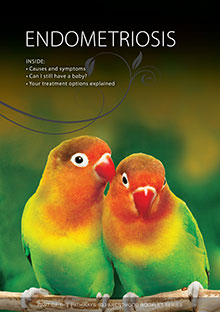
Endometriosis
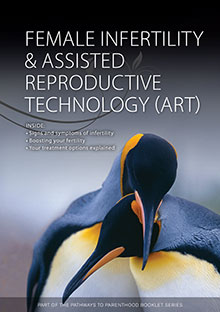
Female Infertility & Assisted Reproductive Technology (ART)
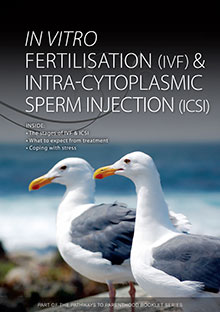
In Vitro Fertilization (IVF) & Intra-Cytoplasmic Sperm Injection (ICSI)
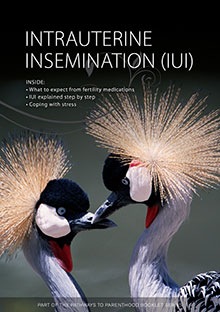
Chronic Pelvic Pain
Chronic pelvic pain is different for every woman and may be felt anywhere below the…
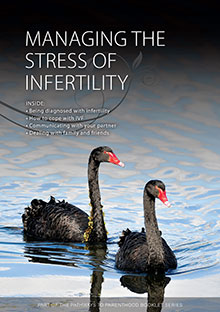
Managing The Stress Of Infertility
Being diagnosed with infertility
How to cope with IVF
Communicating with your partner
Dealing with family and friends
How to cope with IVF
Communicating with your partner
Dealing with family and friends
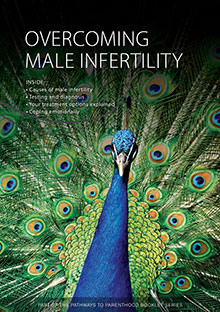
Overcoming Male Infertility
Ovulation and conception explained
The fertility drugs available and how they will make you feel
Dealing with stress
The fertility drugs available and how they will make you feel
Dealing with stress
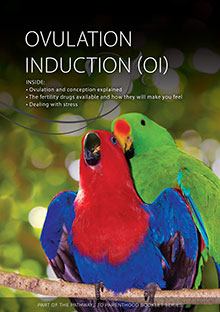
Intrauterine Insemination (IUI)
